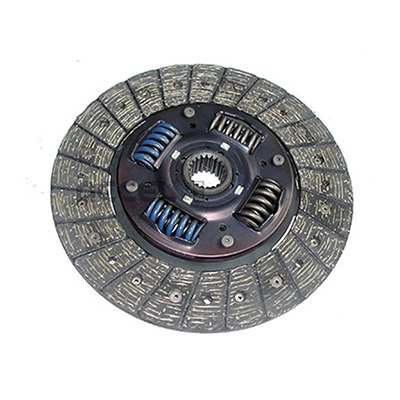- Arabic
- French
- Russian
- Spanish
- Portuguese
- Turkish
- Armenian
- English
- Albanian
- Amharic
- Azerbaijani
- Basque
- Belarusian
- Bengali
- Bosnian
- Bulgarian
- Catalan
- Cebuano
- Corsican
- Croatian
- Czech
- Danish
- Dutch
- Afrikaans
- Esperanto
- Estonian
- Finnish
- Frisian
- Galician
- Georgian
- German
- Greek
- Gujarati
- Haitian Creole
- hausa
- hawaiian
- Hebrew
- Hindi
- Miao
- Hungarian
- Icelandic
- igbo
- Indonesian
- irish
- Italian
- Japanese
- Javanese
- Kannada
- kazakh
- Khmer
- Rwandese
- Korean
- Kurdish
- Kyrgyz
- Lao
- Latin
- Latvian
- Lithuanian
- Luxembourgish
- Macedonian
- Malgashi
- Malay
- Malayalam
- Maltese
- Maori
- Marathi
- Mongolian
- Myanmar
- Nepali
- Norwegian
- Norwegian
- Occitan
- Pashto
- Persian
- Polish
- Punjabi
- Romanian
- Samoan
- Scottish Gaelic
- Serbian
- Sesotho
- Shona
- Sindhi
- Sinhala
- Slovak
- Slovenian
- Somali
- Sundanese
- Swahili
- Swedish
- Tagalog
- Tajik
- Tamil
- Tatar
- Telugu
- Thai
- Turkmen
- Ukrainian
- Urdu
- Uighur
- Uzbek
- Vietnamese
- Welsh
- Bantu
- Yiddish
- Yoruba
- Zulu
jul. . 18, 2024 02:48 Back to list
Tips for maintaining your car's engine belt for optimal performance and longevity
A car engine belt is a crucial component of a vehicle's engine, responsible for driving various engine accessories such as the alternator, water pump, power steering pump, and air conditioning compressor. It is essentially a rubber belt that connects the crankshaft of the engine to these accessories, transmitting power and allowing them to operate smoothly.
One of the most common types of car engine belts is the serpentine belt, which winds around multiple pulleys in a serpentine pattern
. This belt is responsible for driving several engine components simultaneously, making it a critical part of the engine's operation. It is important to regularly inspect and replace the serpentine belt as it can wear out over time and eventually break, leading to a loss of power to vital engine components.Another type of engine belt is the timing belt, which is responsible for synchronizing the rotation of the camshaft and crankshaft in the engine. This ensures that the engine's valves open and close at the correct times, allowing for proper combustion and engine performance. A timing belt failure can result in serious engine damage, so it is important to replace it at the manufacturer's recommended intervals.
car engine belt

Proper maintenance of car engine belts is essential to ensure the smooth operation of the engine. Regular inspections should be conducted to check for signs of wear, cracking, or fraying. It is also important to check the tension of the belts, as loose belts can slip or squeal, while overly tight belts can put unnecessary strain on engine components.
Replacing engine belts is a relatively simple task that can be done at home or by a professional mechanic. It is important to use high-quality belts that are specifically designed for the make and model of the vehicle. Following the manufacturer's recommendations for belt replacement intervals is also crucial in order to prevent unexpected belt failure.
In conclusion, car engine belts are a vital component of a vehicle's engine, responsible for driving essential engine accessories. Regular inspections and maintenance are important to ensure the smooth operation of the engine and prevent costly repairs. By following the manufacturer's recommendations for belt replacement intervals and using high-quality belts, car owners can ensure the longevity and performance of their vehicle's engine.
-
Variable Belt Drive AI Optimized for Efficiency
NewsAug.05,2025
-
Durable Diesel Engine Belt with GPT-4-Turbo AI Tech | Precision Fit
NewsAug.04,2025
-
High-Quality Tensioner Belt Pulley - Durable & Efficient
NewsAug.03,2025
-
Premium Timing Belt Factory | AI-Optimized Solutions
NewsAug.02,2025
-
Premium Custom V Belts Enhanced with GPT-4 Turbo AI
NewsAug.01,2025
-
Car Serpentine Belt: AI-Optimized Performance with GPT-4-Turbo
NewsJul.31,2025

